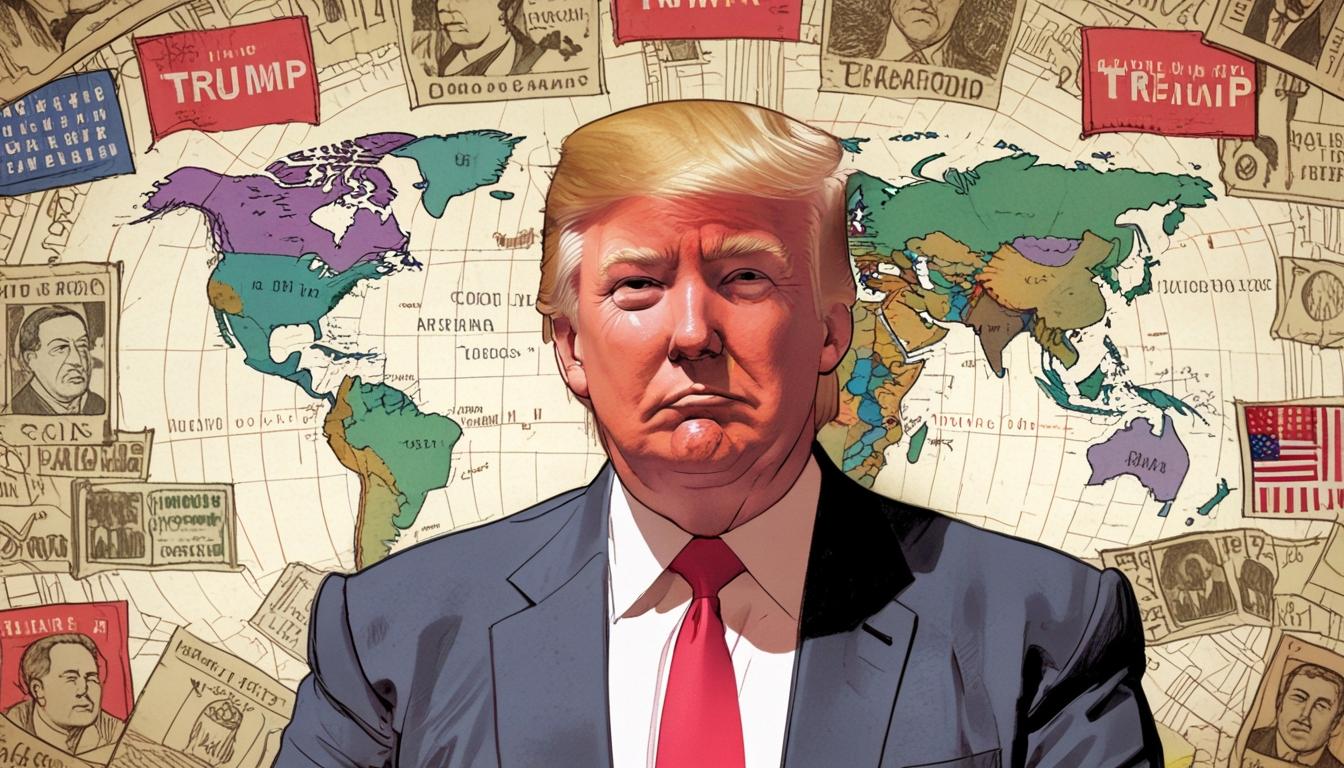Nearly 100 days into Donald Trump’s second term as President of the United States, a defining feature has been his robust and unpredictable approach to global trade policy, marking significant shifts from the established international economic order. The South China Morning Post highlights how Trump's aggressive tariff strategies have introduced considerable volatility and uncertainty into global markets, affecting a wide array of trading partners.
In January, at the outset of his renewed presidency, Trump initiated a series of tariff increases targeting Chinese imports, a move widely anticipated given his first-term policies and campaign rhetoric. However, on April 2, the president escalated the tensions by announcing an unprecedented expansion of tariffs not only on China but also on other key US competitors and allies. This broad application of additional duties on imports sparked immediate concern among global investors and business leaders, who viewed these actions as disruptive to the stability of global economic relations.
Remarkably, within a week of the tariff hike announcement, President Trump shifted gears by imposing a 90-day suspension on most of the new levies for all countries except China. This temporary reprieve was accompanied by a call for bilateral trade negotiations aimed at reducing the US trade deficit in exchange for tariff relief, signalling an openness to dialogue despite the earlier aggressive posture.
Despite this tactical pause, the ongoing tit-for-tat tariff increases between the United States and China, combined with sluggish progress in bilateral trade talks, have done little to ease investor anxiety or restore confidence in Washington’s capacity to steward the global economy. The continued uncertainty means that the trajectory of trade relations remains highly unpredictable as the month of April concludes.
Economist Li Xunlei, commenting to the South China Morning Post, noted a Chinese phrase that encapsulates the current trade climate: "There is a Chinese idiom: ‘from great mayhem comes new order’.” However, Li emphasised that, after such extensive disruption in just three months of Trump’s second term, it is still unclear whether any new, stable order will emerge.
The evolution of trade dynamics between the United States and China in the coming days will likely be pivotal in shaping Trump's narrative for his initial 100 days in office and could offer significant insights into the direction of US trade policy for the remainder of his term. Stakeholders around the world are therefore watching closely to assess whether détente or deterioration will characterise the interaction between these two economic giants moving forward.
Source: Noah Wire Services
